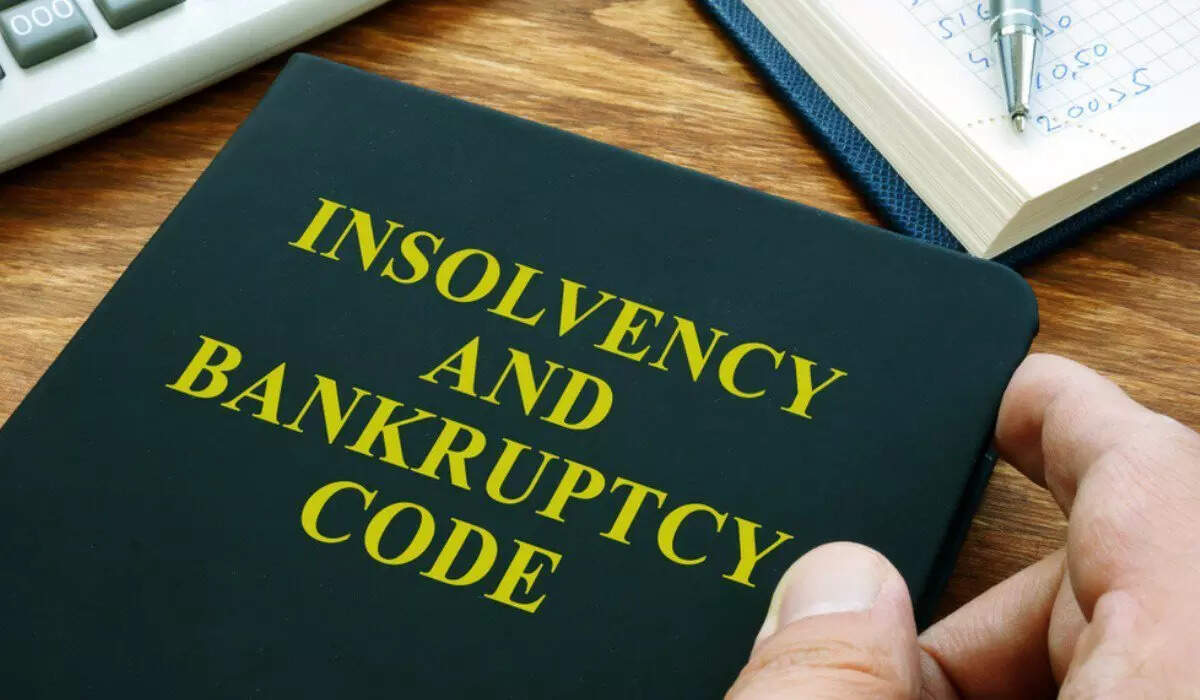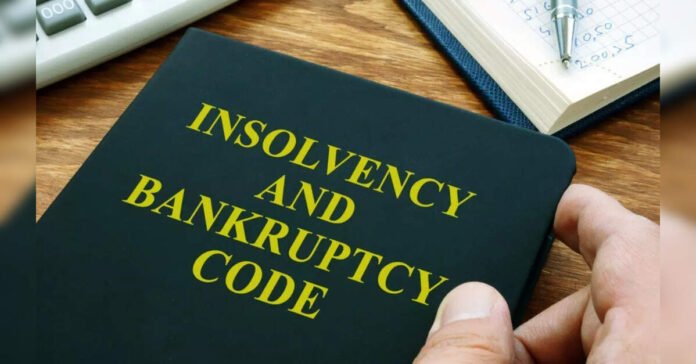
The Insolvency and Bankruptcy Code (IBC), enacted in 2016 to transform India’s corporate insolvency landscape, is set for significant amendments in the Monsoon Session of Parliament. The reforms, approved by the Prime Minister’s Office, introduce a group insolvency framework to cohesively resolve financially distressed companies within the same corporate family and cross-border provisions to manage overseas assets.
Yet, despite rescuing 1,194 companies and recovering ₹3.89 lakh crore at a 32.8% rate (IBBI data), the IBC’s systemic flaws—78% of cases exceeding timelines in FY25 ( as per data by Ind-Ra), declining liquidation recoveries, and misuse—cause significant losses for lenders and borrowers, often benefiting resolution professionals, lawyers, auditors, and final bidders. Urgent reforms are needed to restore trust and efficacy.
A Law That Started with Promise, Then Stalled
Lauded as a bold reform, the IBC shifted control from debtors to creditors, enforcing a 330-day resolution timeline to tackle bad loans that once dragged on for decades. It has delivered: rescuing 1,194 companies, recovering ₹3.89 lakh crore at 170.1% of liquidation value, and settling 30,310 cases worth ₹13.78 lakh crore pre-admission (IBBI and NCLT data). In FY24, it accounted for 48% of bank recoveries, outpacing SARFAESI (32%), Debt Recovery Tribunals (17%), and Lok Adalats (3%), per the RBI’s December 2024 report. An IIM Bangalore study credits the IBC with reducing non-performing assets (NPAs) from 11.2% in March 2018 to 2.8% in March 2024, cutting debt costs for distressed firms by 3%, and improving corporate governance through more independent directors. Yet, implementation failures cloud its promise. In FY25, 78% of corporate insolvency resolution process (CIRP) cases exceeded 270 days, the highest since FY21, with resolution times rising across financial creditors, operational creditors, and corporate debtors, as per a report by Ind-Ra.
“The IBC’s failure to distinguish business failure from fraud brands entrepreneurs as willful defaulters, subjecting them to relentless legal action. Entrepreneurs view bank credit as a potential noose around their necks,” an insolvency arbitrator lamented. This distrust, combined with high haircuts (67%, as per ICRA) and judicial delays, stifles credit offtake, undermining private investment critical for India’s growth.
A Typical IBC Trajectory: From Distress to Devastation
The IBC’s process often follows a trajectory that sometimes turns financial distress into reputational and economic devastation.
- Business Slows Down – Revenues fall due to market volatility, internal mismanagement, or macroeconomic shocks like global supply chain disruptions.
- Bank Reaction – Banks hastily classify accounts as NPAs without industry-specific analysis, prioritizing legal action over revival strategies like debt restructuring.
- IBC Admission – Companies are pushed into insolvency on technical grounds, despite 1,276 cases settled via appeal, review, or settlement and 1,154 withdrawn under section 12A (IBBI data), missing chances for early resolution.
- Loss of Control – Promoters are ousted, and companies are sold at undervalued prices to opportunistic buyers, yielding 93.41% of fair value but only 32.8% of admitted claims.
- Criminalization – Promoters face fraud accusations, arrests, and reputational ruin, regardless of intent, fostering a culture of fear.
- This pipeline has made entrepreneurs risk-averse, diverting investments to unregulated sectors like real estate. Despite resolving 10 companies for every 5 liquidated (IBBI data), delays (78% in FY25) and declining liquidation recoveries undermine value preservation, exacerbating economic losses.
The Ripple Effects on the EconomyThe IBC’s systemic failures have profound consequences, stifling India’s economic vitality.
- Private Investment Stagnates: Fear of punitive action deters capital allocation, choking growth.
- Job Creation Slows: Distressed firms’ closures lead to widespread layoffs.
- Innovation is Stifled: Risk-aversion curbs entrepreneurial ventures, limiting innovation.
- Infrastructure Development Stalls: Delayed resolutions hinder critical projects, delaying economic progress.
- Faith in Institutions Erodes: Inconsistent outcomes weaken trust in the system.
Yet, the IBC has delivered qualitative gains: preserving jobs, enhancing enterprise value, and restoring investor confidence. It has prompted early debtor action, with 30,310 pre-admission settlements and a 10:5 resolution-to-liquidation ratio, yielding 170.1% of liquidation value, reflecting its resolution focus over liquidation.
What Needs to Change Alongside the Amendments
The amendments in IBC are well-meaning and will bring respite to the industry. However, these amendments alone cannot address systemic flaws. The National Company Law Appellate Tribunal has also clarified that IBC is not a recovery mechanism; it is a resolution framework. Comprehensive reforms are critical.
- Differentiate Failure from Fraud: Regulators must assess intent to protect genuine entrepreneurs, reducing the stigma of default and encouraging risk-taking.
- Banker Accountability: Scrutinize decisions to initiate insolvency or fraud charges, ensuring balanced responsibility between promoters and lenders.
- Judicial Safeguards: Legal protections must prevent arbitrary promoter arrests until courts establish wrongdoing, mitigating reputational harm.
- Fair Valuation: Asset sales must avoid fire sales, allow promoter participation, and ensure fair value to reduce massive haircuts, preserving stakeholder wealth.
- Tribunal Infrastructure: With 78% of cases delayed and liquidation recoveries at their lowest since FY21, investment in tribunal capacity and pre-packaged insolvency frameworks is urgent.
The IBC outperforms legacy systems, with a 32.8% recovery rate compared to sub-20% previously and 170.1% realization against liquidation value. It has driven behavioral shifts, with debtors acting early and banks benefiting from disciplined credit allocation. However, with 2,758 companies in liquidation, high haircuts, and judicial delays—compounded by rulings like Bhushan Steel—the IBC’s efficacy is at risk. IBBI Chairman Ravi Mital remains optimistic in quarterly newsletter (January-March, 25) news letter: “As implementation matures, the IBC is well-positioned to overcome hurdles.” For India’s $5 trillion economy ambition, the Monsoon Session amendments must clear the clouds of confusion, ensuring a nimble, transparent IBC that protects bond markets, restores stakeholder trust, and fosters economic dynamism.
[ad_1]
Source link


